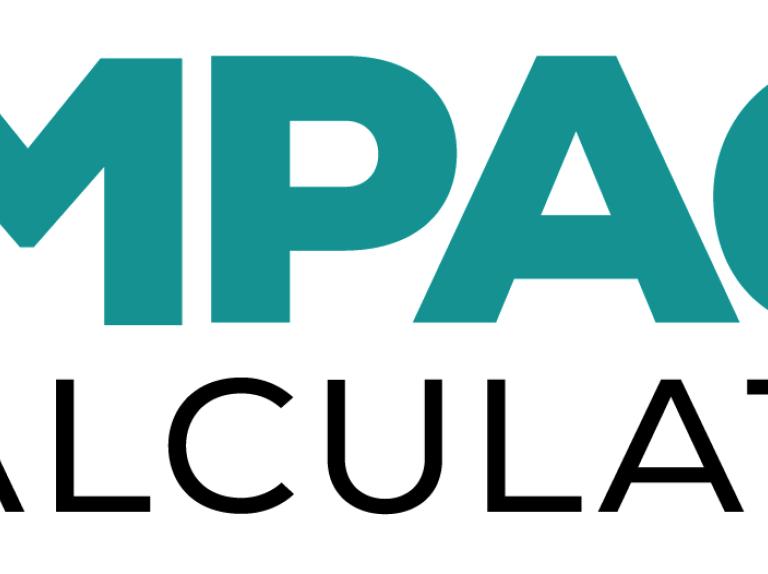
By Andreas Weissenborn, Destinations International Foundation
Relevant Webinar: EIC Webinar Recording
Given the current environment, meetings and events that were scheduled for this spring and summer are being canceled or delayed indefinitely. It’s important for destination organizations to understand where and how to concentrate on this recent flux of lost opportunities/canceled events with Event Impact Calculator (EIC).
Destination International’s Event Impact Calculator allows destination organizations to calculate the cost economic impact of events in the region—and to estimate the value of lost business when events are canceled or postponed.
Dates Matter.
It’s important to understand how important dates are for an EIC. With every addition or subtraction of an event date range, the calculator will produce greatly different results. As a starting point, the dates you input are intended to be the start and end date of the event. Not the room block, not move in, but when your event begins for its intended delegates. If this event suddenly cancels or becomes lost, it’s important that these dates are correct.


Know who your attendees were going to be.
After dates, the breakdown of your attendees is vital to producing a quality EIC. For EIC, it wants to know the breakdown between overnight visitors, day attendees & local share (i.e residents). An attendee who has to pay for a hotel, transportation, meals nets more new money to a destination vs an attendee who only comes for the day vs a resident who goes home every day in the destination that is hosting the event.




A tip I always like to give is to start at the top and with your ‘knowns’, hopefully with a total attendance value and a total room night value. Starting with overnight visitors, if you know your room block, you can take the peak rooms on-demand and multiple it by your persons per room (PPR) value from the calculator. (which is automatically generated based upon your chosen event type)


Overnight visitors = Peak Room night x PPR
Now, with overnight visitors known, you can simply subtract that from your total attendees and multiple by the number of event days. A 3-day conference, for example, would look like this:
(Total Attendees – Overnight visitors) * 3 (total event days)
For local share, it’s important to realize this value only can really come after an event has been consumed and you have proper knowledge of where your attendees come from. Typically from a zip code analysis. The defaults will change based upon your event type but I would recommend have some prior zip code analysis of previously consumed business to give some guidance on what this value should be.
Calculate your receipts.
Certainly, an event you had on the books coming to your destination, the closer to when the event would occur, the more info you should have. Items like your convention/conference center rental costs, A/V, F&B all should be included in your final EIC for an event. I implore you to revisit your contracts, CRM, and expense receipts for all expenses related to your event. For every amount spent is the difference between new money being spent in your community and not.
